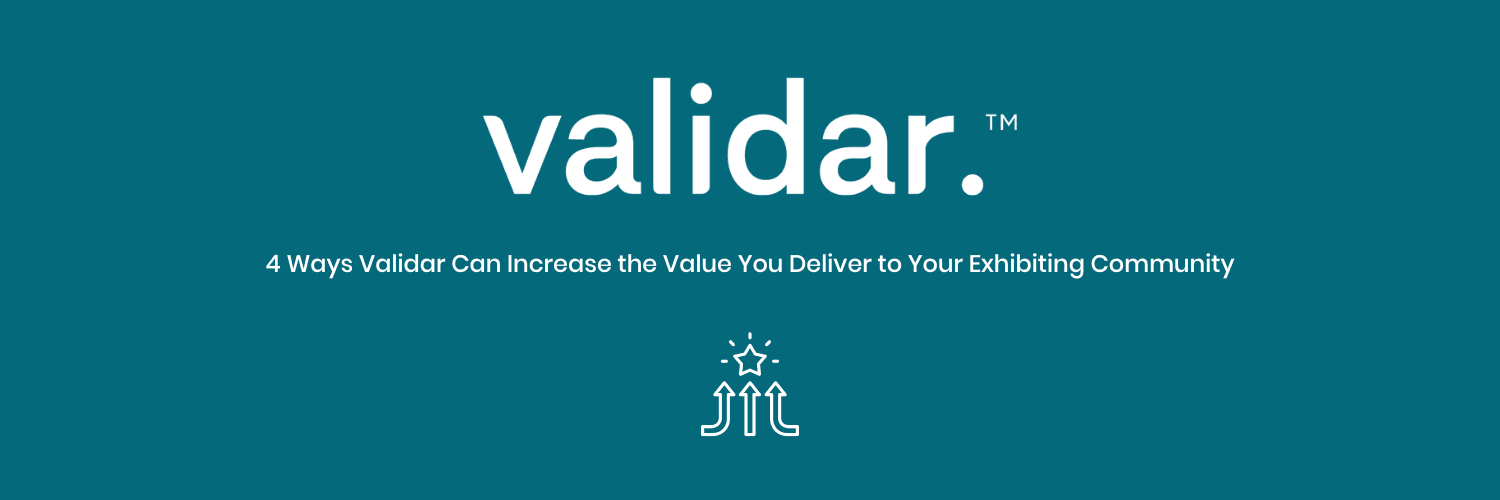{{image}} Keeping potential customers engaged without pushing too hard is a fine line: overwhelm them with outreach and your leads will likely bounce; but fail to follow-up quickly and accurately enough, and you risk losing your warm lead to a competitor. To retain—and then recycle—each lead available to your team will require expectation setting throughout your product’s lifecycle, and this demands teamwork between sales and marketing. For each campaign you run, marketers should aid your brand in understanding the motivations for each potential lead, and salespeople should follow-up with a cocktail of targeted data and personalized service. Particularly in the wake of widespread publicity or trade events, follow-up campaigns are a measurable way to maintain the interest of warm leads, and gauge where the rest of your audience exists in relation to the sales funnel. Using actionable, personalized emails and phone calls can make all the difference in connecting with potential customers, who are likely comparing your product/service with 3-4 competitors at a time. Here are three sample campaigns meant to test the water with potential leads, and convert warm leads into sales: Sample subject line: “As promised, here’s more information about [your company.]” If you strategically select your trade show appearances, you’re going to meet warm leads. People who are interested in your product will entrust you with their contact details and will expect you to follow up promptly with more information about your offerings. The trick to this email is to make sure it’s personalized and succinct. Like in-person campaigning, you only get one shot at making a digital first impression.
Hello, [Lead’s Name]. I hope you enjoyed the show on [DAY]. I’d like to thank you for expressing your interest in [product/service]. You mentioned that improving your [previously-stated business objective] is a main priority, so I wanted to contact you asap. Attached is some information for you to review. If you’d like any additional details on our [product/service], I’d be happy to answer your questions over the phone or in a follow-up email. Whatever works best for you. Please let me know how I can be of service in addressing your [previously-stated business objective]. [Signature]
Sample subject line: “Following up on my phone call.” Not everyone checks their voicemail religiously, and it’s likely in your favor to send a quick email explaining that you tried to reach them via phone. The trick here is to leave the email shortly after the voicemail, and to clearly and succinctly state your intention.
Hello, [Name]. I just reached out to you via phone to discuss [previously stated business objective], and got your voicemail; please give me a call back on [cell/office number] at your earliest convenience, or let me know a convenient time to try you again. Thanks again for expressing your interest in [your company.] I look forward to discussing more. [Signature]
Sample subject line: A gift for you! Gift-giving can build trust quickly with a potential customer if they feel that you’re genuinely interested in giving them something of extra value—in addition to selling them a product or service. By giving a bit of your product away (it can be small!) they feel valued and might just be a way into a conversation.
Hi [Name], I know you’re busy so I’ll make this quick! I’ve already sent along some information about [product or service] and felt that now would be a good time to give you the opportunity to take a practical test-drive. I’ve attached [free samples/vouchers] that you can use to sample [product/service] and I’m hoping that you’ll also share them with your staff and colleagues. I’m interested to hear what you think. I’d love to book a call or meeting to talk about your experience with our [product/service] and to learn if there’s anyway I can immediately add value to your team. [Signature]
An analysis of more than 2,200 American companies found those who attempted to reach leads within an hour were nearly seven times more likley to have meaningful conversations with decision makers than those who waited longer than sixty minutes. The takeaway? Don’t wait to follow up!


.png&w=3840&q=75)



